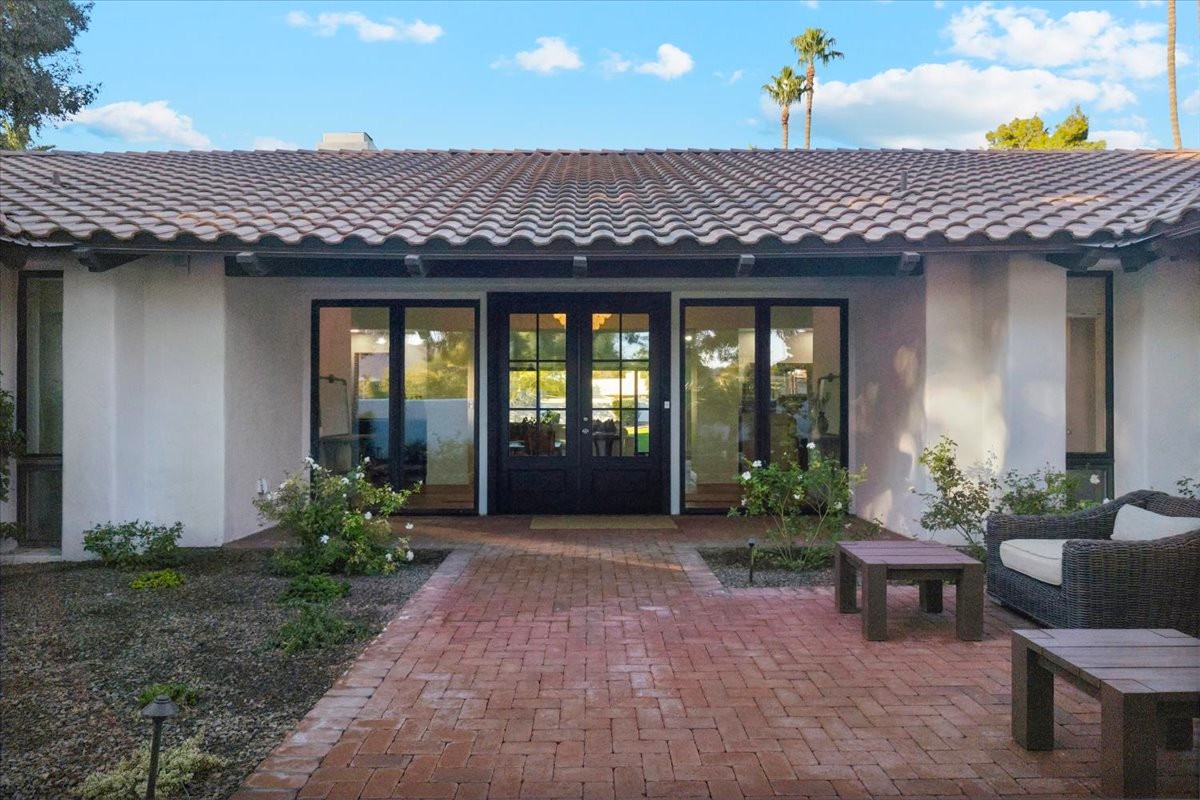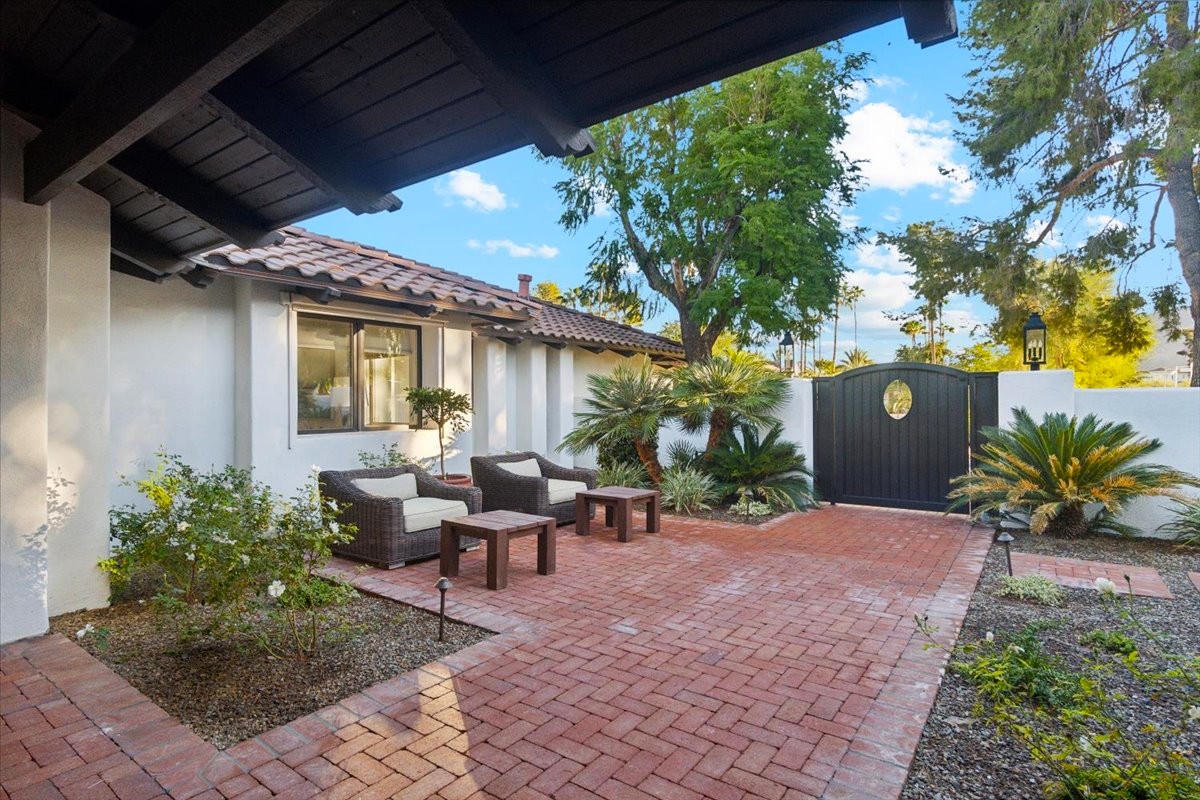Housing Market Faces Challenges As Sellers Stay Put For Good
Holding On
Rising mortgage rates, sky-high home prices, and long-term ownership are reshaping the U.S. housing market in unexpected ways. According to a new report by Redfin, over a third of homeowners plan to never sell their homes, while older generations lead this "lock-in" trend. With affordability issues keeping inventory tight, the real estate landscape is being redefined. Let’s dig into the details behind this growing trend.
The "Never-Sell" Phenomenon
Redfin's latest survey, conducted in late 2024, reveals that many homeowners are opting to hold onto their properties indefinitely. This mindset is particularly strong among older Americans.
- 34% of homeowners plan to stay put for good.
- Baby boomers (ages 60-79) make up 43% of those who will never sell.
- Generation X owners (ages 45-59) account for 34% of the same group.
- Millennials and Gen Z combined contribute a 28% share of never-sellers.
Older generations, with decades of equity and stable mortgages, feel the least pressure to reenter the market. For many, their homes have become financial assets worth holding onto.
Also Read: NAR Highlights The 10 Housing Markets In The U.S. For 2025!

Why Sellers Are Sitting Out The Market
For most homeowners, the decision to stay put isn’t personal. It’s financial. Several factors are discouraging sales, even as home values rise.
- 39% cite near-paid-off mortgages as the top reason for staying.
- 37% simply love their current homes and don’t see the point of moving.
- 30% are avoiding steep home prices that would come with a new purchase.
- 18% are locked into historically low mortgage rates.
With 85% of homeowners holding mortgages under 6%, trading up to today’s 7%-plus rates feels like a financial downgrade. These factors have left many "just-because movers" off the market entirely, according to Redfin.
Tight Inventory & Housing Market Challenges
This reluctance to sell is contributing to historically low turnover rates in the housing market. Fewer listings mean fewer opportunities for buyers, exacerbating affordability challenges.
- 2.5% of existing homes changed hands in early 2024, the lowest in decades.
- Comparatively, 4% of homes sold annually during 2021’s pandemic-driven boom.
- Active listings grew 12% year-over-year in late 2024 but remain far from pre-pandemic levels.
While inventory is up slightly, higher mortgage rates and rising home prices continue to stifle sales activity. These conditions are expected to persist well into 2025.
Also Read: Arizona’s Expanding Real Estate: Storage, Rentals, And Housing

Life Events Still Driving Some Sales
Despite the lock-in effect, a portion of homeowners is still moving, primarily out of necessity. Redfin reports that major life changes are the biggest motivators for those entering the market.
- Relocations for jobs or other commitments.
- Expanding families needing more space.
- Downsizing due to aging or financial changes.
However, discretionary buyers and sellers, those simply seeking upgrades, are largely staying out of the fray due to steep financial barriers.
What’s Next For The Housing Market?
The 2025 housing market is grappling with a tug-of-war between rising demand and limited inventory. While listings have ticked upward, the slow pace of sales and affordability concerns suggest a long road to recovery. As the Trump administration rolls out new housing policies, the market could see shifts in the coming months.
For now, however, buyers should expect competitive conditions, and sellers are likely to remain hesitant. The "never-sell" mindset among homeowners, especially older generations, may continue to define the market for years to come.
Also Read: U.S. Interest In International Real Estate Up Heading Into 2025


















